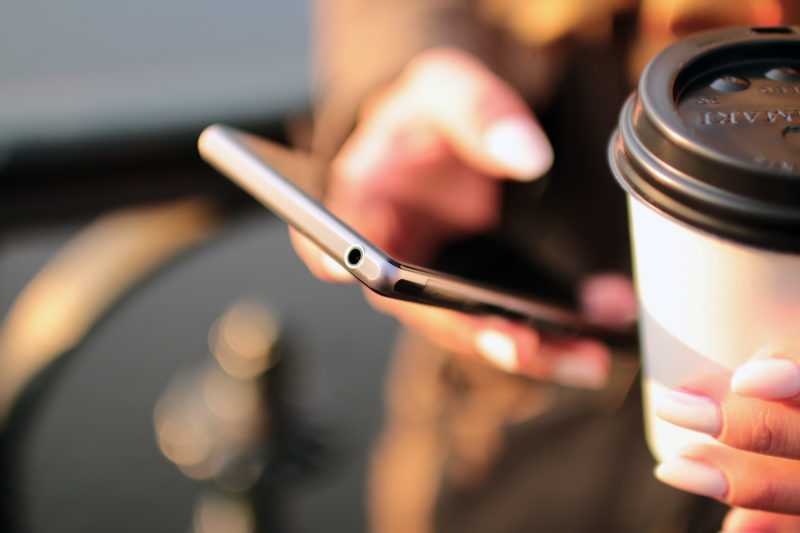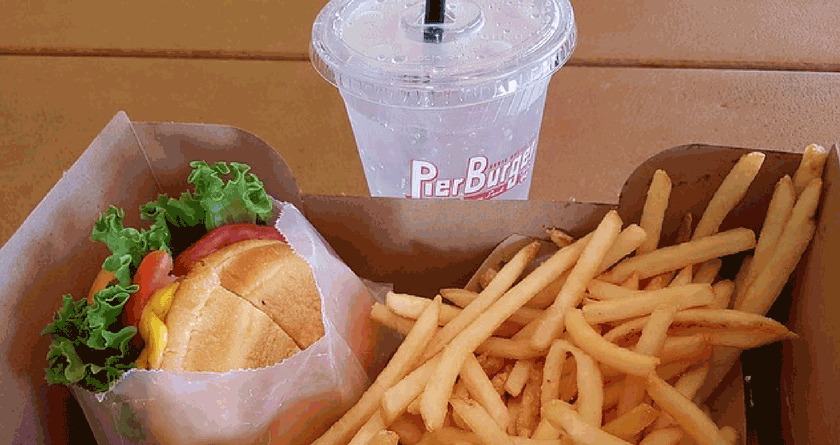RBI, along with the National Payments Corporation of India has launched Unified Payment Interface (UPI), which will change the way we make payments to restaurants, retail shops, cabs and even e-commerce companies. The new payment method will revolutionize mobile banking which has grown exponentially in retail and corporate customers recently. According to the media reports, in the third quarter of the financial year 2016, the mobile banking transaction has grown by 82% as compared to the same period last year.
The national payment corporation of India is the organization which overlooks the retail payment system in India. Till now, ten major banks are part of this UPI while others are expected to join. Under UPI, the user can access different bank accounts using one single app and can send/receive money from their mobile phones without giving the bank details to the other party. It is even simpler than making an online payment where you have to enter debit/credit card details, followed by CVV code, expiry date, and the One Time Password or 3D secure password which makes the process long and hectic. It is also easier than mobile e-wallets in which loading money is again cumbersome.
Through UPI, a user with a bank account recognized with an email-like virtual address can make payments. The user can have multiple virtual addresses for multiple accounts for different banks. The payments can be done seamlessly 24*7 as UPI is an advanced version of IMPs for mobile phones. Moreover, anyone who is using UPI can pay as low as Rs 50 to the maximum limit of Rs 1 Lakh. Now, this will help a lot of restaurants, food outlets, and retail shop in order to get payments from the customer and at the same time, customers need not carry cards and cash to pay to the service provider.
Unified Payment Interface (UPI) Vs Virtual Wallets
Talking specifically about the restaurants and food outlets, the UPI will help restaurant owners in a great way as traditionally, the customers use to pay either by cash or debit/credit card. Now restaurants have also started accepting payments through mobile wallets such as Paytm and MobiKwik. But again customers have to load money before they pay to restaurants and loading money in the wallet is same as making online payments where all the details have to be filled in again.
Another drawback with these mobile wallets is that the user doesn’t know how much money he will use from the wallet for restaurants and other bill payments. In the case of Unified Payment Interface, the payment is done directly from the account which is far easy and reliable from the mobile e-wallets. The customers need not load money repeatedly to the wallet for different bills and payments, making the process of UPI payments much user-friendly.
How Unified Payment Interface Will Help the Restaurant Business
The UPI would also help restaurateurs and those in the retail business to save on the extra cost which they have to pay to the banks when they use a card machine to accept payments from customers. On average, the banks charge Rs 6,000 to 10,000 annual fees for the machine while some of them charge a commission per transaction which is again costly. Moreover, the small food outlets which were away from the usage luxury of card payments can have the facility just by downloading the app.
According to experts, the UPI will help to increase the delivery business of the restaurant and takeaway food joints as well. Sample this: all the delivery boys have been given cheap smartphones with UPI app installed from the restaurant. This saves the hassle of keeping exact change for the remaining balance when the customers pay at their homes and reduce the delivery time.
Secondly, the people who do not have cash at home can pay through this app, giving your customer convenience of paying through a card.
How Can a User Avail the Unified Payment Interface Services
1. The user needs to have a bank account (current account in case of restaurant and food outlets) and a smartphone.
2. The user will have to download the Unified Payment Interface app of a bank from the PlayStore.
3. The user will have to connect the bank account with UPI app.
4. Next, the user will have to create a Unique ID through the app.
5. A mobile pin will be generated for using the UPI app.
6. Users will also need to link their Adhar number with the UPI app.
The Unified Payment Interface app has simplified payments like never before and would prove to be a real boon for the restaurant businesses and consumers alike.

















